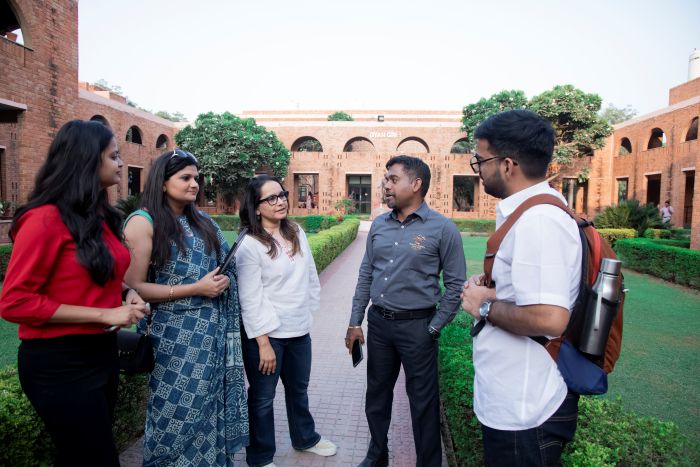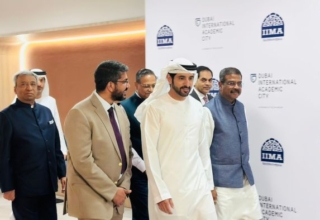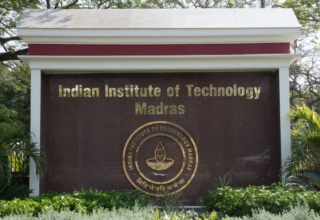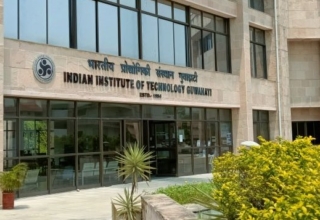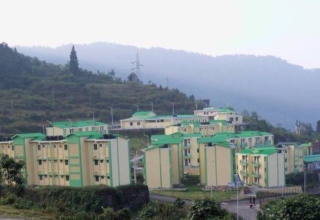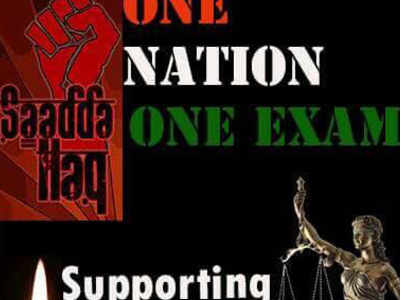
The phase two of NEET for those who couldn’t sit in NEET-1 is scheduled on July 24. NEET-1 was held on May 1. The combined result would be declared on August 17 so that the admission process can be completed by September 30. The window for online application would be open between May 21 and June 20.
After recalling its July 18, 2013 order against National Eligibility cum Entrance Test or NEET, the Supreme Court of India on April 11, 2016 while hearing a review petition by Delhi-based Sankalp Charitable Trust supporting Medical Council of India’s (MCI) petition, reinstated NEET after about three years of invalidating and scrapping it in 2013. The single common entrance test for filling nearly 52500 undergraduate MBBS/BDS seats and 25000 post-graduate seats in 422 (224 in private sector) Medical and Dental colleges in India was introduced first time in the same year on May 5 after due deliberations. ‘With all humility and honour for the Apex Court we would put forth our plea in the interest of larger section of the society and students who are struggling hard to maintain merit and to arrange huge sums for the costly education. Besides, Government of India is also seeking legal options to support the stand of MCI,” said Dr. (Major) Gulshan Garg of Delhi-based Sankalp Charitable Trust
In a dramatic development, which will have far reaching impact on medical education issues in India, the apex court, by restoring NEET, invalidated nearly 100 pre-medical entrance exams by private colleges’ associations and also scrapped such tests conducted by state governments. On April 28, just two days before the All India Pre-Medical/Pre-Dental Test (AIPMT) was to take place, the highest court ordered the AIPMT to be converted to NEET as a single national common medical entrance test, albeit in two phases this year. The test thus that was conducted on May 1 became the first phase of NEET. On May 9, the court scrapped even the pre-medical entrance tests of state governments and made NEET mandatory for admissions to both undergraduate as well as post-graduate courses all over the country.
National Institute of Public Finance and Policy last year ranked the education sector second in a list of generators of “black money” in India. It estimated that capitation fees paid to professional colleges last year totalled Rs 60 billion. Some say the black money economy in medical education is to the tune of Rs 12000 cr. And India with 412 Medical colleges producing more than 52600 medical graduates annually is the largest medical education system in the entire world. More than half of both undergraduate and postgraduate are in the private sector, which has thrived in the last couple of decades ostensibly due to a deep rooted nexus between politicos, promoters and people in power positions in medical education regulator. And multiple admissions entrance tests at varied dates became traps and filters to extract big capitation money. So, a single common entrance test administered nationally for admissions to all colleges emerged as a possible solution to control this menace, which also impacted the student aspirations and also medical education quality. Students reportedly pay anything ranging from Rs 60 lakh for an MBBS seat to Rs 3-5 cr for a PG seat. As such the corruption issues have maligned private medical education and there has been a popular demand more so from students to curb the mechanism of admission that has been used by unscrupulous people for corruption and capitation fees.
While the union government has been maintaining support for NEET, it took a political decision to placate some states notably Tamil Nadu by bringing an ordinance on May 24 wherein this year, states were given a choice of conducting their own entrance tests if they wished in place of NEET. On May 27, the Supreme Court disallowed urgent hearing on a writ petition filed by Vyapam whistle blower Anand Rai against the ordinance saying, “There should be some certainty for students now. Moreover, the ordinance is only for this year.”
The genesis of NEET and a legal battle over it is nearly six-year old. It was in 2009 that a need for having a common and single national level entrance test on lines of IIT JEE was felt and a petition by a student Simran Jain added to its urgency. The Supreme Court admitted an urgent application jointly signed by medical students from across the country seeking a single-window system for MBBS/BDS or PG courses at the all-India level to prevent “rampant seat blockage/wastage and seats being sold for crores of rupees”. The court gave directions to the government and Medical Council of India (MCI) to work for a single common entrance test. On 21st December, 2010, the Medical Council of India with the approval of the Central Government amended the regulations on Graduate Medical Education 1997 and made provision for a Single Eligibility cum Entrance Examination, namely, National Eligibility cum Entrance Test (NEET) for admission to MBBS Course in each academic year. The Dental Council of India also amended the BDS Course Regulations 2007 and notified on 31st May, 2012 that admission to BDS Course in each academic year shall be through National Eligibility Cum Entrance Test (NEET). The Central Board of Secondary Education (CBSE) was given the task of administering the NEET and in 2013, NEET was held for the first time.
By then some 178 various petitions were filed in the matter and included a case of CMC, Vellore which refused NEET on ground of being a minority institution and SC judgment in the PA Inamdar case. A three-member constitution bench headed by then Chief Justice of India, Altamas Kabir, through a majority decision invalidated NEET. Justice Anil Dave, who was part of the bench, dissented. In October 2013, MCI filed a review petition. The matter was referred to a five-judge constitutional bench, which is incidentally headed by Justice Dave. The bench on April 11, 2016 recalled the earlier order and thereby restored the MCI notification on NEET. While the court dismissed all petitions in the case, the matter is not closed and applications are allowed and the hearing will take place after July. However, according to experts, most of the armory (arguments against NEET through all kinds of petitions) has been disposed off and the resentment compared to 2013 is very less. Therefore, NEET is likely to succeed as the single common entrance test for admissions to both undergraduate and post graduate medical courses.
In an article on a portal (The wire), Rajeev Dhavan, senior advocate, who has also argued in the case writes, “The NEET decision augurs disaster. It is clearly arbitrary because the CMC decision (2014) overruling NEET has still not been overruled.The real impact of NEET, which has been unconstitutionally pushed down the throat of medical education, is that it is anti-poor, anti-minority, anti-federal and anti-constitution. Each state should pass legislation to reverse this decision and seek presidential assent to overcome the Supreme Court decision. Let us see what the Modi government will do. Sit on the fence while the Supreme Court bats for it, probably.”
However, most educationists and medical practitioners are convinced that like IIT JEE , NEET will make its own place and help meritorious students get into medical courses and help curtail malpractices and corruption by private education providers. They say that a college needs students and it can have it from the rankings of the test. There will be teething pains initially but in the long term, it will benefit in the quality of medical education and bring in good talent to medical profession apart from unburdening student aspirants both physically from going places and mentally from appearing in so many tests. However, while batting for NEET, Prof Rajib Dasgupta, professor of social medicine and community health at JNU cautioned that NEET is not a regulatory measure and people shouldn’t think it will fix malpractices, which need good governance.
According to Prof Dinesh Singh, former VC of Delhi University, “Examinations must be enabler and not disenabler. It should be devised to bring out the best and it depends on the understanding, level and caliber of who sets the questions.”
With nearly 30 state school examination boards in addition to national boards CBSE and ICSE, the variation in curriculum, proficiency in English and access to quality school education are signaled out as the possible hurdles for uniformity of administering a national test like NEET. The answer may lie in getting onto standardized scores and percentile ranks.
 For nearly 6.5 lakh students who take pre-medical entrance exam annually in India, NEET is bound to provide much sought after relief and transparency in admission to medical courses. However, the last word on the NEET is still to be said as several people including the deep rooted political nexus thought to be very powerful will make all out effort to sabotage it by questioning its constitutionality and applicability in a country as diverse as India, and may get states to make suitable laws etc. But nonetheless, in all probability this exam is staying on course and may herald a new high by attracting right kind of student talent to medical education and unshackle the medical profession from whole range of issues from mediocrity to unethical medical treatments..
For nearly 6.5 lakh students who take pre-medical entrance exam annually in India, NEET is bound to provide much sought after relief and transparency in admission to medical courses. However, the last word on the NEET is still to be said as several people including the deep rooted political nexus thought to be very powerful will make all out effort to sabotage it by questioning its constitutionality and applicability in a country as diverse as India, and may get states to make suitable laws etc. But nonetheless, in all probability this exam is staying on course and may herald a new high by attracting right kind of student talent to medical education and unshackle the medical profession from whole range of issues from mediocrity to unethical medical treatments..


